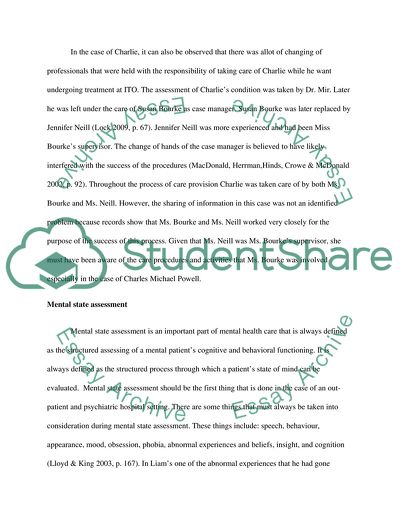Cite this document
(Coroners Reporting on the Mental Care Continuity and Assessment Case Study - 2, n.d.)
Coroners Reporting on the Mental Care Continuity and Assessment Case Study - 2. https://studentshare.org/health-sciences-medicine/1836821-critical-review-of-coroners-report
Coroners Reporting on the Mental Care Continuity and Assessment Case Study - 2. https://studentshare.org/health-sciences-medicine/1836821-critical-review-of-coroners-report
(Coroners Reporting on the Mental Care Continuity and Assessment Case Study - 2)
Coroners Reporting on the Mental Care Continuity and Assessment Case Study - 2. https://studentshare.org/health-sciences-medicine/1836821-critical-review-of-coroners-report.
Coroners Reporting on the Mental Care Continuity and Assessment Case Study - 2. https://studentshare.org/health-sciences-medicine/1836821-critical-review-of-coroners-report.
“Coroners Reporting on the Mental Care Continuity and Assessment Case Study - 2”. https://studentshare.org/health-sciences-medicine/1836821-critical-review-of-coroners-report.


